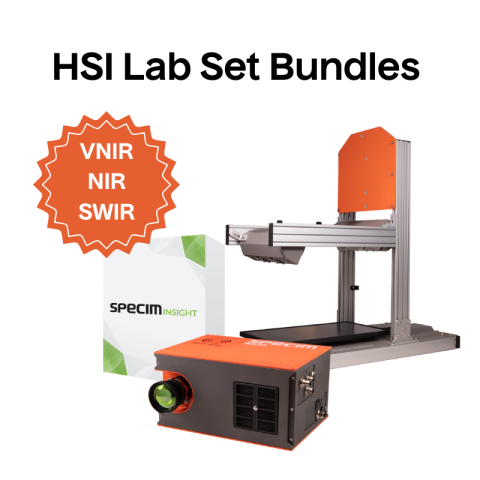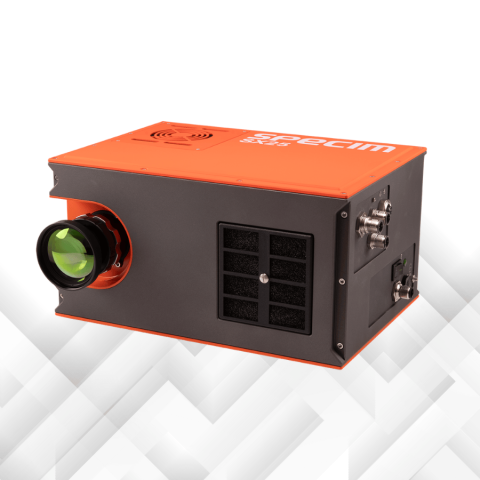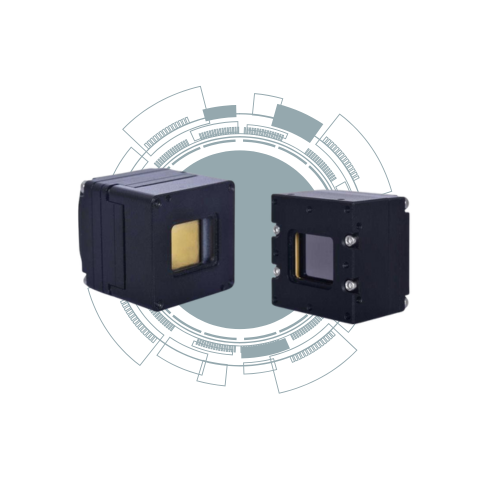
MST Vision GmbH recently released an article together with Xenics Infrared Solutions discussing SWIR temporal multiplexing with different illumination sources as a cost-effective multispectral imaging solution.
MST Vision identifies in their article the potential and growing popularity of hyperspectral imaging in applications requiring the capture of very fine detail in materials. While these systems would be quite beneficial to many applications, the high cost and technical aspects are quite limiting, and so alternative approaches must be explored.
Available intensity level of illumination is one of the major limiting factors in the use of many industrial spectral cameras and their ability to produce the required resolution or line rates. Halogen lamps are often utilized as a broadband light source but result in heavy energy consumption, heat generation and service life. An alternative to this solution is to use different LED types with variable emission wavelengths, such as broadband light lines from MTD. Fast LED technology allows for the use of temporal multiplexing, utilizing a broadband sensitive chip and varying the illumination spectrum over time via fast triggering, rather than the traditional method of illuminating broadband and splitting the light into wavelengths in the camera (much more costly). Using this method, several line illuminations each covering different wavelength ranges are necessary. Another alternative would be to individually switch the line lights and use a fast IR line scan camera such as the Xenics Lynx. If a suitable framegrabber is used with this method, several wavelengths could be recorded simultaneously.
Narrowing the wavelength range of the LED lighting solution is possible by providing each LED with a small filter or by using a multi-bandpass filter in front of the lens to only select certain wavelengths at any given point. Color error of the optics and the issue of temperature drift must be addressed when utilizing these methods.


